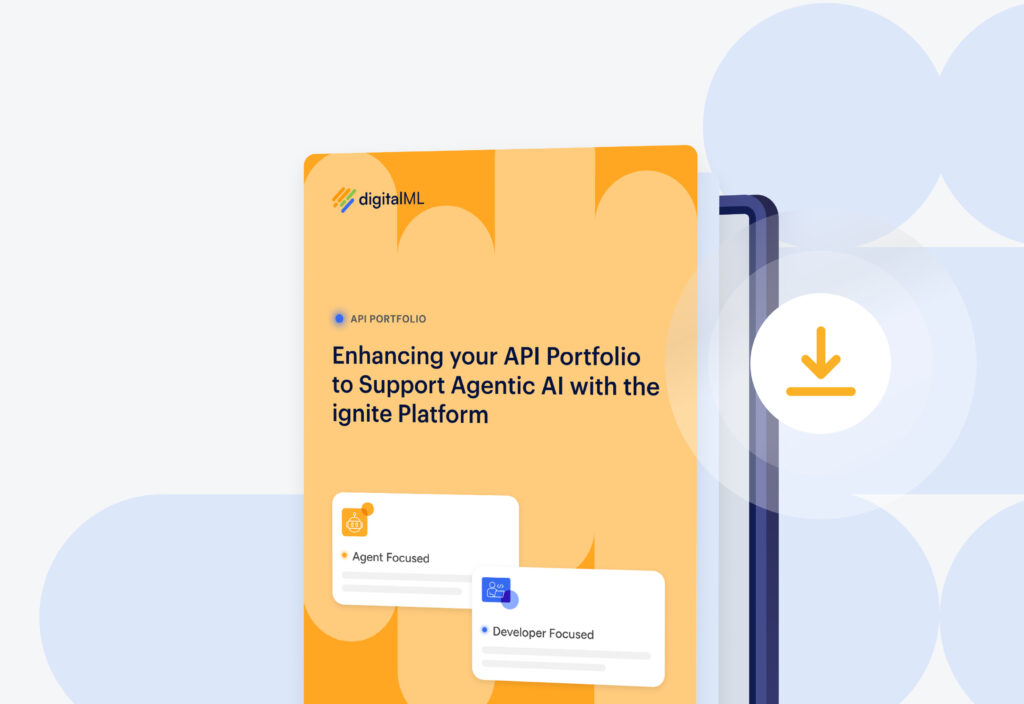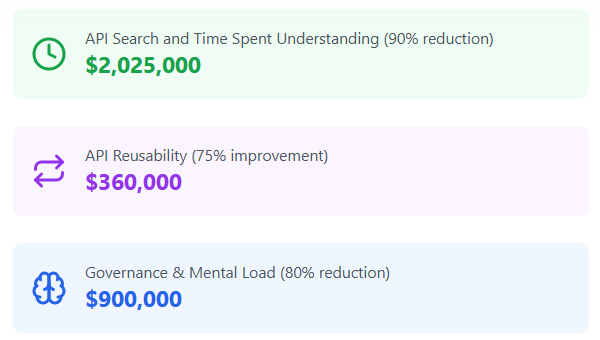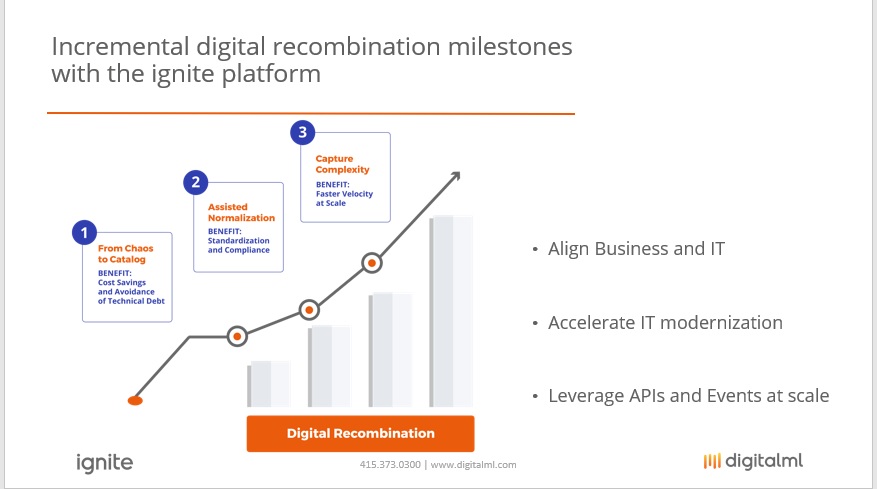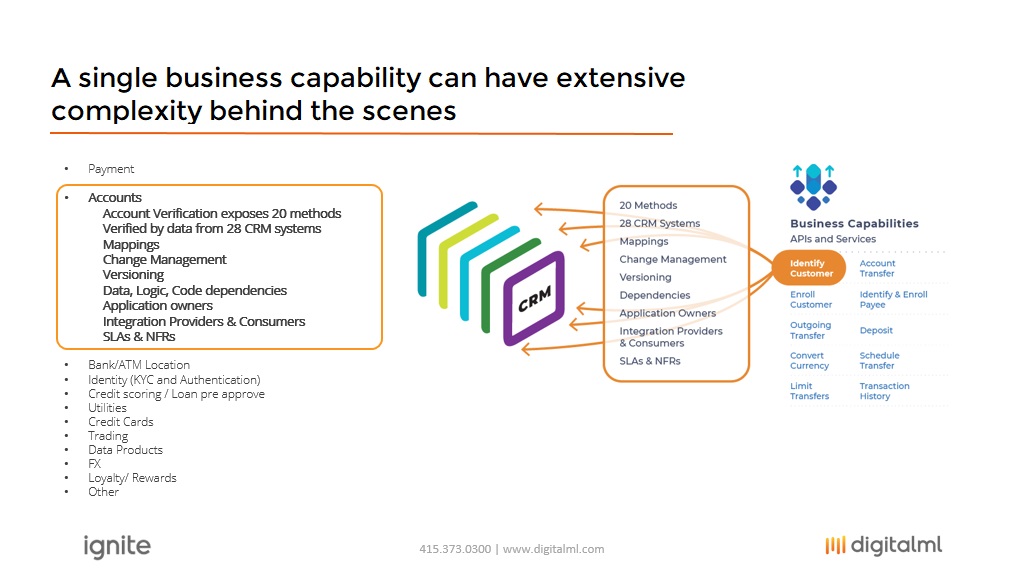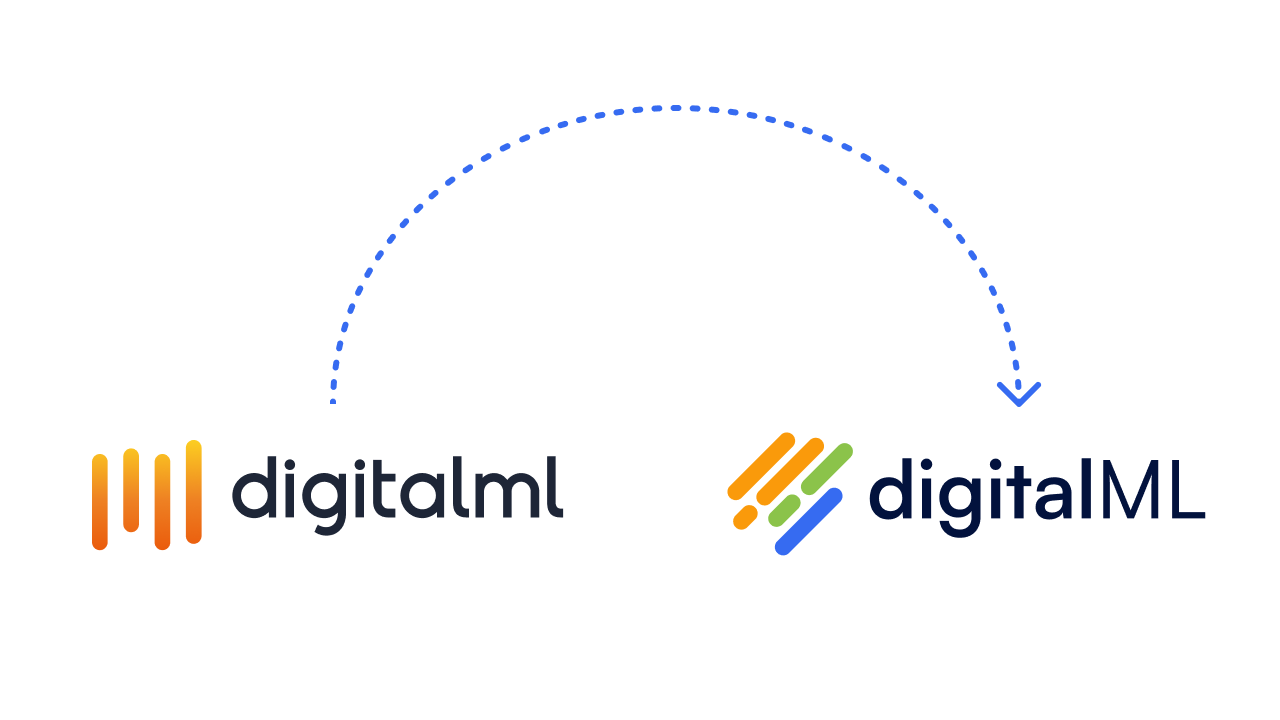In this post, we’re taking a look at the CIO role in digital transformation – how power and influence has expanded, and some best practices and trends CIOs should be embracing to ensure success.
Who’s Leading Digital Transformation? CIOs can be the enterprise’s transformation leader
Digital transformation is a business-led and technology-enabled way to compete and succeed through information-enhanced products, services, and operating competencies. Digital transformation, done right, is synonymous with digital agility.
Large enterprises with digital agility can quickly respond to emerging business models, embrace new digital technologies, and ensure excellent customer experience through innovative products and services. While digital transformation is a enterprise-wide business strategy, the CIO (chief information officer) is uniquely poised to combine strategy and technology to lead the process and deliver transformation quickly.
The Covid-19 pandemic helped expand CIOs’ power and influence
Digital initiatives that were already on the CIOs roadmap have been accelerated over the last 18 months. Effective CIOs that can open up these 3 key areas are seeing their influence and power grow:
- Enable distributed technical talent
- Drive production of reliable functionality that can be recombined and packaged to meet changing business requirements
- Utilize access to cheap capital to launch, iterate, and execute
Digital recombination (the ability to rapidly and innovatively recombine business and IT functions, exposed as APIs, Services, and Events) provides examples of a CIO’s growing influence. New business opportunities can be quickly addressed, in parallel to IT modernization initiatives.
And this is a great thing. Early data suggests productivity, innovation, and convenient access to functionality via digital channels supported by the CIO is up.
This expanded role of the CIO is here to stay for those that can provide flexibility, with IT and business collaboration and alignment.
CIO tactics for technology-led transformation
We recently partnered with IDC on a report that discusses tactics for digital transformation success – you can download it here. Their research shows the majority of leaders other than CIOs do not believe they have a comprehensive tactical technology plan for how to achieve their digital business capability objectives.
If the broader leadership team does not have an appreciation for digital process priorities and the corresponding technologies and modalities necessary for “being digital,” then strategies cannot be effectively implemented and benefits ultimately cannot be realized.
What we’re seeing in our conversations with CIOs is that they know, and have good coordination on 2021 focus areas of each team and most lines of business:
- focus on backlog or pending investment
- focus on roadmap and implementation
- and focus on budgets and allocated resources with supported organization charts.
However, beyond 2021 is less focused due to rapidly changing business goals and competitive landscapes.
CIOs who can enable technical maturity, and direct an API-centric focused approach, can help the enterprise reap the benefits of digital transformation quickly.
Technical maturity is a key pillar
Technical maturity is a key pillar in enabling digital transformation and accelerating benefits to the organization. Enterprises are launching new Platforms, Digital Products, and Self-service capabilities. Done correctly these digital offerings have compelling and distinctive value, create a great experience to customers/employees/partners, and provide monetization and efficiency opportunities. They’re reliant on the technology that enables this. Ideally the technical maturity allows for:
- Fast, flexible and safe delivery
- Seamless data, intelligence, and reliability
- Cost-efficient and differentiated
Launching and supporting these digital offerings and capabilities is complicated. Enterprises have many groups and owners of the Systems of Record, Data and Rules that provide the digital functionality; and many roles involved in delivering and maintaining the APIs/events/services that expose the functionality.
This generates a lot of backend host dependency, data refresh cycles, ownership use approvals, and on-going enhancements to application code. And Digital doesn’t stop – all things digital has road maps of ideas, future services to develop, and new offerings to deliver.
“Begin with an end in mind” when building an API-oriented digital platform
This is an especially acute challenge for cutting-edge technologies and deployments, including API-oriented methods at scale. This passage from the partnered report with IDC provides great tactics to enable technical maturity through an API-centric approach:
“For enterprises that are considering an API-oriented digital platform, it is important to:
Begin with the end in mind. Like all transformative technologies, APIs are a means to creating lasting business value and a potential source of sustainable competitive differentiation. One of the main challenges to API-enabled digital processes stems from the inherent qualities of an API itself.
APIs offer tremendous flexibility, so a clear set of business goals, prioritized processes, and related data requirements in context is critical for defining their role in an organization’s transformation journey. If API technology (or any technology for that matter) is not planned and managed appropriately at the onset, then it risks negatively impacting the very areas that it is supposed to benefit.
Added complexity for many organizations also arises when deploying in hybrid business operating scenarios where data resides across a combination of on-premises legacy and off-premises cloud environments. This scenario dictates a sophisticated and expert approach to deploying dynamic API capabilities. Key among your challenges and considerations for an enterprise-level API rollout is the use of system design thinking to address areas including API security, sufficiently adequate API catalogs for scalable deployment and reuse, and clear API authoring ownership and the role of APIs in the business.
These need to be understood and effectively decided upon ahead of money, resource, and time commitments. Successful transformation performance monitoring should also include an API catalog and digital coverage as part of business enablement key performance indicators(KPIs). This will allow the organization to understand its ability to deploy and scale capabilities faster than the competition over time, a critical source of sustainable competitive advantage.”
Digital Trends to Embrace as a CIO
We see these 3 trends as the biggest ones CIOs should be embracing to lead the digital transformation drive:
- Trend #1 – streamlined API Design and Development at scale. Develop high quality, business-led APIs that expose your existing business and technical functions. This will help companies gain technical differentiation over competitors, and achieve digital responsiveness. Governance, automation, and versioning across a collaborative lifecycle is key to success.
- Trend #2 – a centralized holistic repository of digital artifacts. Build a single source of truth for your APIs, Services, Events etc.. If they are properly organized and normalized, you can leverage discovery and reuse to excel at digital.
- Trend #3 – self-service business and technical capabilities. Business and technical functions are becoming democratized and self-service in nature. This includes the use of APIs, services, events and data. There will be increased value to the functions that can be represented in the format that makes most sense (e.g OAS, graphQL, WSDL, Avro), organized by taxonomy, consistent and reliable, and encapsulated for reuse. There is a need for holistic and shared catalogs with the focus this year on internal and ecosystem users. Lineage, governance, discovery, monitoring the quality of the catalog will gain importance (users need to know where it’s located / where it came from / is it acceptable to use / is it reliable to use). The citizen developer and low code offerings trend accelerates faster with these capabilities.
These trends are especially crucial for large enterprises to work towards, but they are also applicable for all sizes of business. Software is innovation, and a best-of-breed API first strategy provides a unique advantage for digital leadership.
But what about the mistakes to avoid?
Digital Transformation Mistakes to Avoid
We’re working with Global 500 enterprises to support them on their digital transformation journeys, and there’s one mistake we’re seeing often. All know that APIs are a key component of digital transformation. They are all working towards building out a portfolio of APIs (& Services + Events) that represent existing IT and business functions to support innovation, responsiveness, and modernization.
However, when these enterprises rely too much on developers to design and build what are really strategic business assets, they’re ending up with APIs that are:
- unreliable
- error-prone
- hard to consume and integrate with
With this approach companies are building out another layer of technical debt, rather than the building blocks that drive their digital business.
To overcome this, enterprises need to align business and IT, and make the API lifecycle more collaborative. This way, APIs can be business-led and properly tied to value chains. We also see enabling self-service API governance rules and standards to be a key factor in overcoming this mistake.
Are you looking to accelerate your digital transformation journey? Book some time with us to discuss how to enable the tactics covered in this article.

